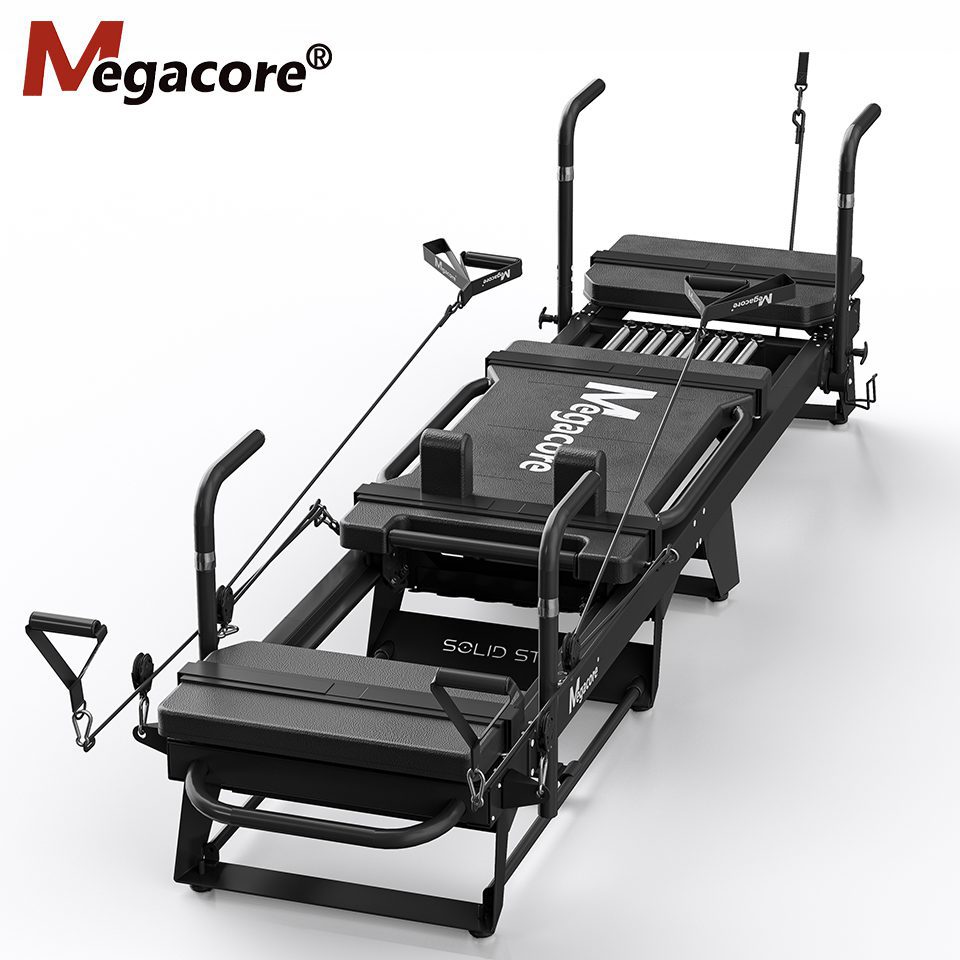Pilates is a fitness method aimed at improving overall body health through controlled breathing, core strength, and body control. It was developed by Joseph Pilates in the early 20th century, originally for helping rehabilitation patients recover physical function. Over time, Pilates has been widely adopted by athletes, fitness enthusiasts, and the general population. Today, Pilates is considered an effective exercise method for improving posture, enhancing core strength, and increasing flexibility and stability.
This article will explore the basic methods of Pilates exercises and summarize their effects on healthy populations, particularly based on the results of systematic reviews regarding the benefits of Pilates.
Basic Methods of Pilates
The Pilates method consists of a series of low-impact, high-intensity exercises that aim to enhance core muscle strength, improve posture, and increase the flexibility and mobility of the body. Pilates exercises are typically performed on a mat, but specialized equipment like the Reformer, Cadillac, and Wunda Chair are also used.
The core elements of Pilates include:
- Core Stability: Pilates emphasizes coordination between the muscles of the abdomen, back, and pelvic floor, collectively referred to as the “core,” which is the body’s source of strength.
- Control and Precision: Pilates exercises require precise and detailed control, with each movement performed slowly and smoothly to ensure effective muscle engagement.
- Breathing and Movement Synchronization: In Pilates, breathing is a vital part of the practice. Proper breathing techniques help enhance muscle stability and improve the effectiveness of exercises.
Effects of Pilates on Healthy Populations
In recent years, numerous studies have shown that Pilates offers significant benefits for healthy individuals, especially in areas like core strength, flexibility, and posture improvement. Systematic review studies also suggest that Pilates has positive effects on physical fitness and overall body health.
According to a systematic review published in the journal Sports Medicine titled “Effects of Pilates exercise on health-related physical fitness in healthy adults: A systematic review and meta-analysis,” Pilates exercises have significant effects on improving physical fitness in healthy adults. This study reviewed multiple clinical studies on Pilates and analyzed its impact on health, strength, flexibility, endurance, and functional ability.
Findings from the Study
The systematic review summarized the effects of Pilates exercise in the following areas:
- Core Strength Enhancement: Pilates core training helps strengthen the muscles of the abdomen, lower back, and pelvic floor, improving overall body stability and control. The study showed that Pilates significantly improves core muscle strength, particularly in the abdominal and lower back regions.
- Improved Flexibility and Mobility: Pilates exercises increase flexibility, especially in the lower back, hips, and shoulders. Through continuous stretching and flexibility training, Pilates helps increase joint range of motion and muscle elasticity.
- Improved Posture and Athletic Performance: Pilates improves posture and athletic performance by strengthening the core and deep muscle groups. By focusing on spinal alignment and pelvic stability, Pilates helps correct long-term poor posture and reduce spinal-related issues.
- Reduced Injury Risk: Pilates helps reduce the risk of injury during exercise or daily activities. Due to Pilates’ emphasis on joint stability and balanced muscle development, it enhances overall body stability and reduces the likelihood of injuries.
Conclusion of the Study
The systematic review concludes that Pilates provides a wide range of benefits for healthy adults, particularly in enhancing core strength, improving flexibility, and improving athletic performance. Additionally, Pilates has been shown to have a positive effect on alleviating certain chronic pains (such as back pain).
Practical Applications of Pilates
- General Population: Pilates is not only suitable for athletes but also for the general public. Healthy adults can use Pilates to improve comfort during daily activities, enhance body strength (especially core strength), and improve physical performance in work and life.
- Rehabilitation and Older Adults: For individuals with physical disabilities or those recovering from surgery, Pilates offers a low-impact form of exercise that can help improve body stability and promote rehabilitation. For older adults, Pilates can effectively enhance balance, flexibility, and physical strength, preventing common health issues like falls.
Schlussfolgerung
Pilates is an effective exercise method that significantly improves core strength, flexibility, muscle strength, and posture in healthy individuals. According to multiple systematic reviews, Pilates not only benefits core strength, muscle stability, and flexibility, but also reduces the risk of injury and improves athletic performance. Whether for healthy adults, athletes, or those in rehabilitation, Pilates is an effective form of exercise that promotes physical health and improves quality of life.
For those looking to improve their health through Pilates, the results of systematic reviews provide scientific evidence supporting its various benefits as a full-body workout.
This article references《 the Effects of Pilates exercise on health-related physical fitness in healthy adults: A systematic review and meta-analysis》integrating both the theory and practical applications of Pilates to give you a detailed overview.

